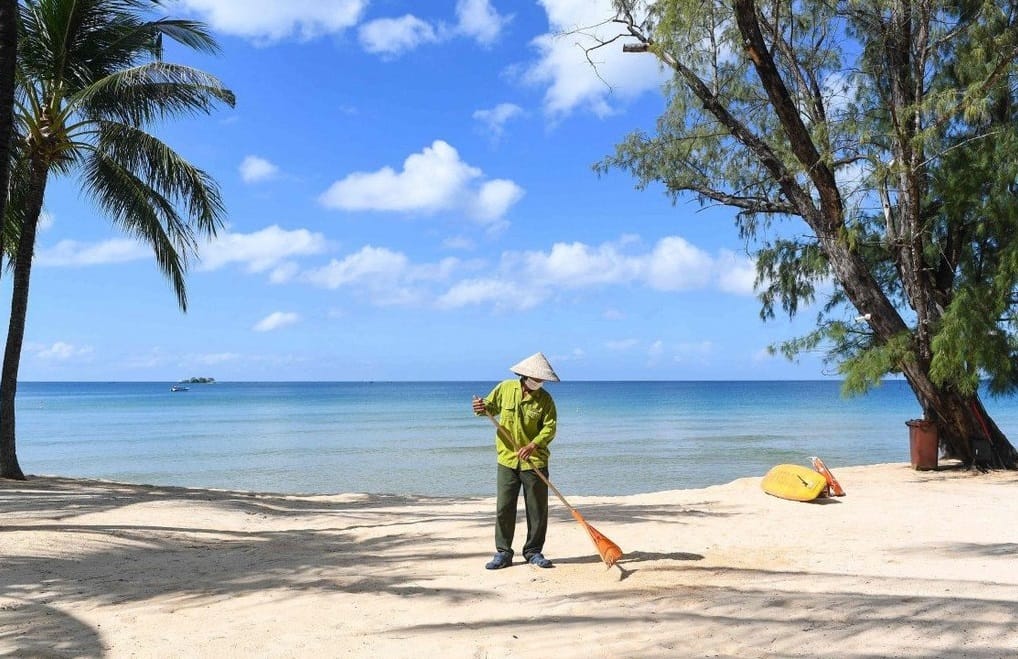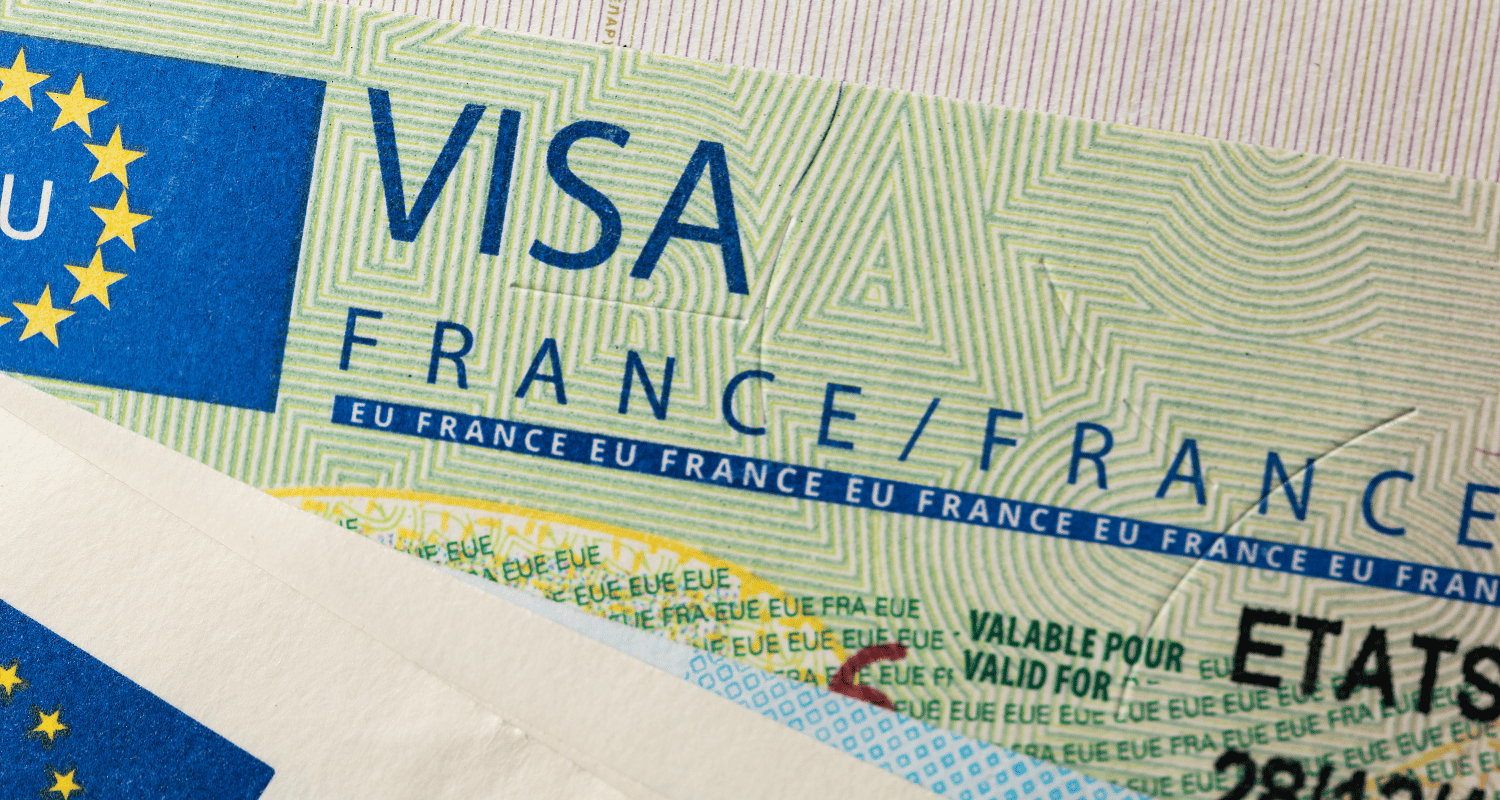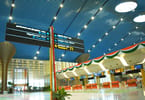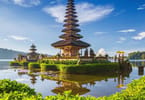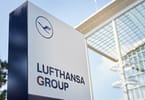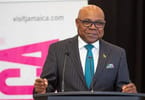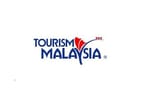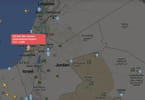NAYPYIDAW, Myanmar – Myanmar attracts the bulk of its international visitors with popular destinations like Yangon, Shwedagon Pagoda, Bagan, Inle Lake, Kyaikhto, Mandalay and Ngapali Beach. Add to thesethe emerging tourism sites, including Putao, the Myeik Archipelago, Nagaland, Nat Ma Taung and Loikaw, and it becomes clear that Myanmar boasts a wide range of attractions. These could easily turn Myanmar into an all-year destination for global travellers, which would satisfy its goal to earn more foreign currency income.
In 2013, Myanmar earned US$926 million from 2 million tourist visits.
At least 3 million visitors were expected to visit the country in 2014. This is way beyond the figures highlighted in the Myanmar Tourism Master Plan (2013-2020). Completed in late 2012 with assistance from the Asian Development Bank, the master plan conservatively aimed for 1.52 million international visitors in 2015 and 2.81 million in 2020. On the high side, it targeted 3.09 million in 2015 and 7.48 million in 2020.
Recent figures encouraged the authorities that the anticipated annual tourism receipts would certainly reach US$10 billion in 2020.
The new target for 2015 is now set at 5 million.
“We believe that 2014 was a start of enormous growth, and 2015 is a year to accelerate momentum,” said NaungNaung Han, general secretary of the Union of Myanmar Travel Association and managing director of Radiant Tours Co Ltd.
“Competition among hotels is so intense that they may reduce their hotel fees to attract more customers. At the same time, we now have more airlines, including budget airlines, and existing airlines are also expanding new routes as well as the number of aircraft. For example, in the past, there were about 5-6 flights from Yangon to Bangkok per day. Now, there are about 12-14 flights flying the same route daily. As long as international connectivity improves, the industry outlook will surely be brighter.”
Hla Aye, managing director of Shan Yoma Travel & Tours Co Ltd, shared the optimism.
“I am sure we will receive more tourists next year and in the years to come. But as I said before, the trend has changed. I guess Myanmar will receive more FITs (flexible independent travellers) and single visitors thanks to the wider international connection and wide-spread information.”
More tourists to Myanmar opt not to buy package tours. More are now travelling as FITs.
“We have learned that about 60-70 per cent of the tourists we received are FITs, and the rest were on package tours. But FITs also included business travellers,” saidNaungNaung Han.
Supporting infrastructure
Under the master plan, 38 projects with an indicative cost of US$486.6 million will be implemented over the years. Previous projects include the E-visa system, which was introduced at Yangon International Airport on September 1, 2014.
Two years in the making, the scheme has cost Myanmar $17 million, but it proved to be a successful step. Initially available to tourists from 41 countries, the system was later expanded to offer services to tourists from 67 countries.
Nearly 1,500 tourists used the online service in its first month. As of December 1, more than 17,000 foreign visitors entered Myanmar using the e-visa system via Yangon International Airport. The success is encouraging authorities to expand the service to airports in Mandalay and Nay Pyi Taw. The timetable for this expansion has not been announced.
To promote tourism, Myanmar has started talks with other Asean countries to waive visa requirements for its nationals as well as other Asean residents.
Airports are also being expanded. Yangon International Airport’s capacity is set to rise from 2.7 million passengers to six million passengers. The work is slated for completion next year.
Meanwhile, to help ease the congestion at the airport in the biggest commercial city, Myanmar is also planning to build a new international airport in Hantharwady, Bago Region, which is expected to start operations in 2017. The Hantharwady International Airport will be 80 kilometres from Yangon.
Road connection is also being upgraded. In the 2014-2015 fiscal year, 36 miles of the 25-feet-wide Yangon-Nay Pyi Taw-Mandalay Highway are set to be paved. International assistance is being sought for further upgrading.
On December 26, the Myanmar Investment Commission (MIC) also gave the green-light to a joint-venture called Sky Asia Co Ltd to build a cable car system that links Yathaedaung Camp to Kyaiktiyo Pagoda – one of the country’s most famous destinations.
Hotel investment
As of October 2014, there are 1,076 hotels throughout Myanmar, and twothirds of them are in Yangon, Mandalay and Shan State, according to Ministry of Hotels and Tourism.
Mandalay Region has the largest share with 329 hotels, followed by Yangon with 279 and Shan State with 200.
In December, 31 foreign investment hotels were permitted to open in six regions, including Bagan and Mandalay. Twenty hotels with a total of 3,047 rooms were allowed to open in Yangon, four hotels with 660 rooms in Mandalay and one with 127 rooms in Bagan. Two foreign investment hotels with 252 rooms will open in Kawthaung, three with 291 rooms in Tachileik and one with 41 rooms in Myeik.
“Thailand is the second-largest [Asia-Pacific market] for Accor Group, after Indonesia. Vietnam is strong due to its economic recovery, and Myanmar is big news for tourist and hotel operators,” said Patrick J-M Basset, the French group’s chief operating officer for Thailand, Vietnam, South Korea, Cambodia, Laos, Myanmar and the Philippines, while he was in Thailand in November.
The development pace is set to increase, as the Tourism Development Bank is planned to provide financial assistance to local hotels and tour companies.
“This bank mainly caters to entrepreneurs in the tourism sector. The bank will provide them with the loans and technical aid they need,” said Tin Tun Aung, co-general-secretary of the Myanmar Tourism Federation.
The development pace is so fast that tour operators expect a drop in hotel room rates.
“In the past few years, there were not enough hotel rooms for the visitors, said NaungNaung Han of Union of Myanmar Travel Association. He added that the situation was unchanged early 2014.
“But by late 2014, particularly in the last three months, occupancy rates and demand balanced, thanks to the expansion of hotel rooms. One of the positive signs is that some of the hotels are reducing their room rates. I do believe that the tourism industry is progressing day by day. The government has eased a lot of restrictions in an effort to improve the industry.”
New destinations
“We definitely need to implement new destinations to attract more tourists,” NaungNaung Han said.”Yet, we should not neglect the existing destinations, as they are our main tourist attractions. We need to take care of them and maintain them well.”
He said it is difficult to market new destinations, as to the most famous destinations will always appeal to first-time visitors.
“However, repeat visitors may want to try new destinations. We need new products for old customers, and both old and new products are needed for new customers.”
“We expect more FITs in the years to come. So we need to implement new destinations to attract more tourists,” said Hla Aye of Shan Yoma Travel.
“But we should not look at the tourist arrival only. We also need to increase our capacity. We need more hotel rooms, skilled tour guides and talented staff in the industry. We need to focus on human resources and servicing. Otherwise, we will receive a lot of complaints rather than compliments. For now, we face a lot of complaints from our customers about expensive hotel fees and unsatisfactory services. We should not look at the potential only. We need to increase our capacity to meet the demand and maintain our bright outlook,” he said.
He added that more visitors are promised if all airlines reduce their ticket prices.
“At the same time, travelling by car has become more convenient than ever before as many roads have been repaired and upgraded. And regardless of the financial condition, if one is poor or rich, he may choose to travel by car if he plans a long stay in Myanmar. The number of airlines and flight frequencies has significantly increased with the entry of budget airlines such as AirAsia and Nok Air. And direct flights to Mandalay and Nay Pyi Taw make travelling more convenient for FITs.”
Hla Aye also noted that tour companies are seriously taking eco-tourism into consideration.
“Some of the visitors have particular interests, like trekking and bird-watching. We should create new areas for eco-tourism for them.”
To NaungNaung Han, the outlook for the industry is bright.
“If we continue in the same direction, I do believe that we will meet the target of receiving more than 10 million tourists by 2020. International interest in Myanmar is surging, and the government is trying to increase capacity on the supply side. This will curb prices so more tourists can visit our country.”
WHAT TO TAKE AWAY FROM THIS ARTICLE:
- Meanwhile, to help ease the congestion at the airport in the biggest commercial city, Myanmar is also planning to build a new international airport in Hantharwady, Bago Region, which is expected to start operations in 2017.
- Two years in the making, the scheme has cost Myanmar $17 million, but it proved to be a successful step.
- Add to thesethe emerging tourism sites, including Putao, the Myeik Archipelago, Nagaland, Nat Ma Taung and Loikaw, and it becomes clear that Myanmar boasts a wide range of attractions.





